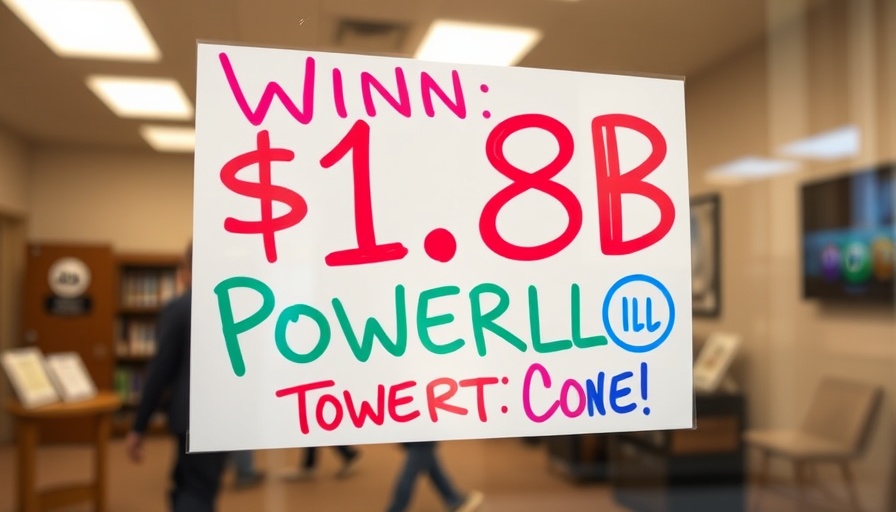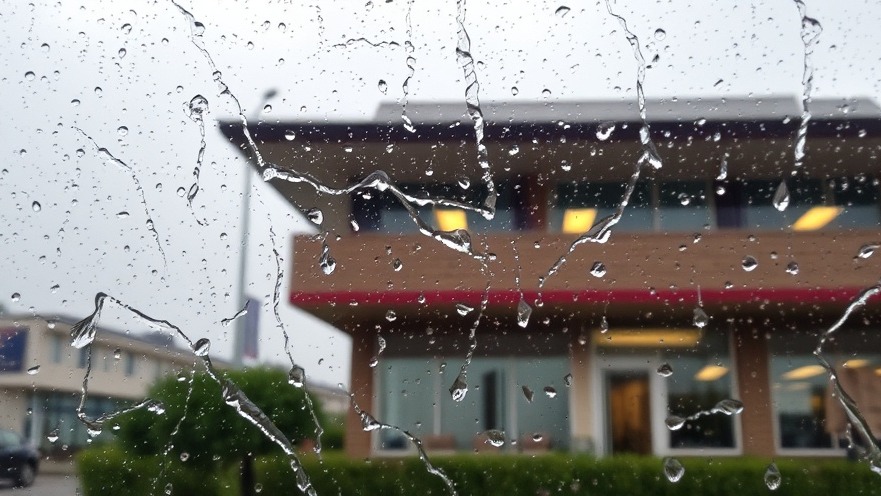
Flood Recovery and Community Resilience in Kerr County
The recent Kerr County Commissioners Court meeting highlighted two pressing topics: the critical cleanup following the devastating floods over the July 4 weekend and the upcoming vote on the proposed budget for 2025-2026. With ongoing cleanup efforts dominating the local narrative, residents are keenly interested in how these issues will affect their community, both financially and socially.
During the meeting, Precinct 4 Commissioner Don Harris emphasized the collaborative efforts with state partners in responding to the flooding. "We couldn’t have imagined better coordination... it's unbelievable," he remarked, displaying a sense of pride in how various entities came together in a time of crisis. However, he also noted that despite the support received, the financial burden on Kerr County is significant, raising concerns about long-term sustainability for residents. This highlights a growing tension in local governance—how to balance immediate recovery needs with future budgetary constraints.
What the Budget Vote Means for Residents
As Kerr County prepares to vote on its property tax rate—a crucial component of the upcoming budget—there are pivotal discussions among commissioners about the implications of this decision. The proposed property tax rate stands at 40.24 cents per $100, which aligns with the no-new-revenue tax rate. This rate is significant because, if approved, it will not allow for any increases, thus limiting the county’s ability to raise funds in the future.
Judge Rob Kelly expressed deep concerns about this trajectory, stating, "I genuinely am scared to death with that tax rate... Don’t be surprised if we can’t pay the bills," reflecting the delicate balance between fiscal responsibility and community welfare. Meanwhile, Commissioner Harris argues that the no-new-revenue rate is a necessary concession given the aftermath of flooding—a position resonating with many residents who are facing financial strain as a result of the disaster.
The Role of Public Input in Local Governance
Despite the evident stakes, community participation at the meeting was minimal, with no residents coming forward during public comment periods. This raises questions about public engagement and the channels available for residents to voice their concerns about local governance and fiscal issues. A lack of participation could signal a disconnection between the community and its leaders, particularly during crucial decision-making processes such as budget approvals. Understanding this disconnect is vital for encouraging higher civic engagement in the future.
Broader Implications: Infrastructure and Disaster Preparedness
The flood's impact has brought to light critical discussions about infrastructure and disaster preparedness in Kerr County. While immediate recovery efforts are essential, long-term strategies must be developed to prevent similar occurrences in the future. This fallout may lead to enhanced community initiatives focusing on disaster readiness, community resilience, and environmental sustainability.
Recognizing the importance of infrastructure development, recent initiatives have been proposed, such as creating a flood warning system along the Guadalupe River. This project aims to bolster the county’s capacity to handle natural disaster events, ultimately protecting residents and minimizing damage to property and lives.
The Path Forward: A Call for Community Action
The upcoming vote on the budget is a crucial moment for Kerr County. It represents not only a financial decision but also one of shared responsibility and community solidarity. As residents consider the implications of the proposed property tax rate, it’s an opportune time for community members to engage, share thoughts, and advocate for positions that align with their needs and values.
Active participation in governance helps shape decisions that affect us all, and as Kerr County faces the dual challenges of flood recovery and fiscal responsibility, every voice matters. Residents are encouraged to attend the upcoming meeting and engage with their local government representatives to ensure their concerns and suggestions are heard.
In conclusion, Kerr County's story is not just about recovery from floods or budget votes but about fostering a resilient community that actively participates in shaping its future. As the region navigates this challenging period, every resident’s engagement will be pivotal in building a stronger, more prepared Kerr County.
 Add Element
Add Element  Add Row
Add Row 



Write A Comment